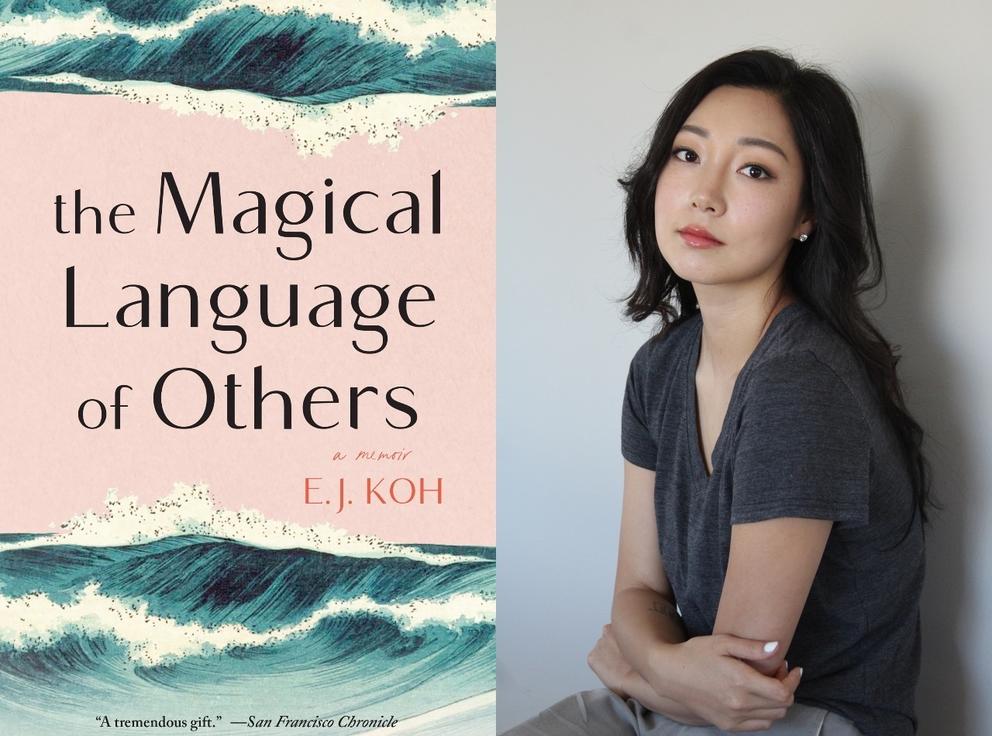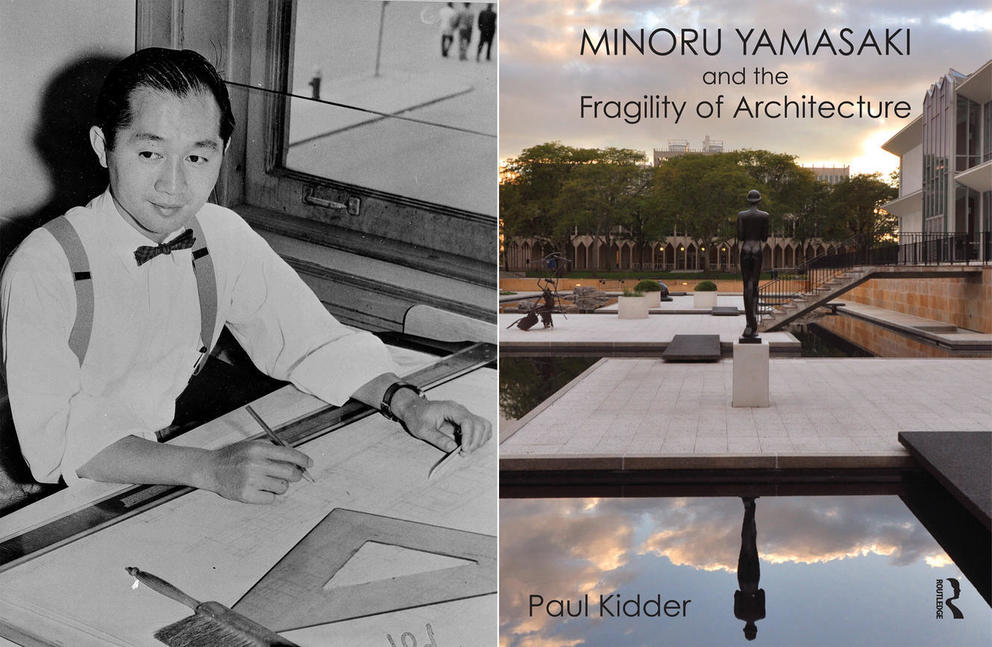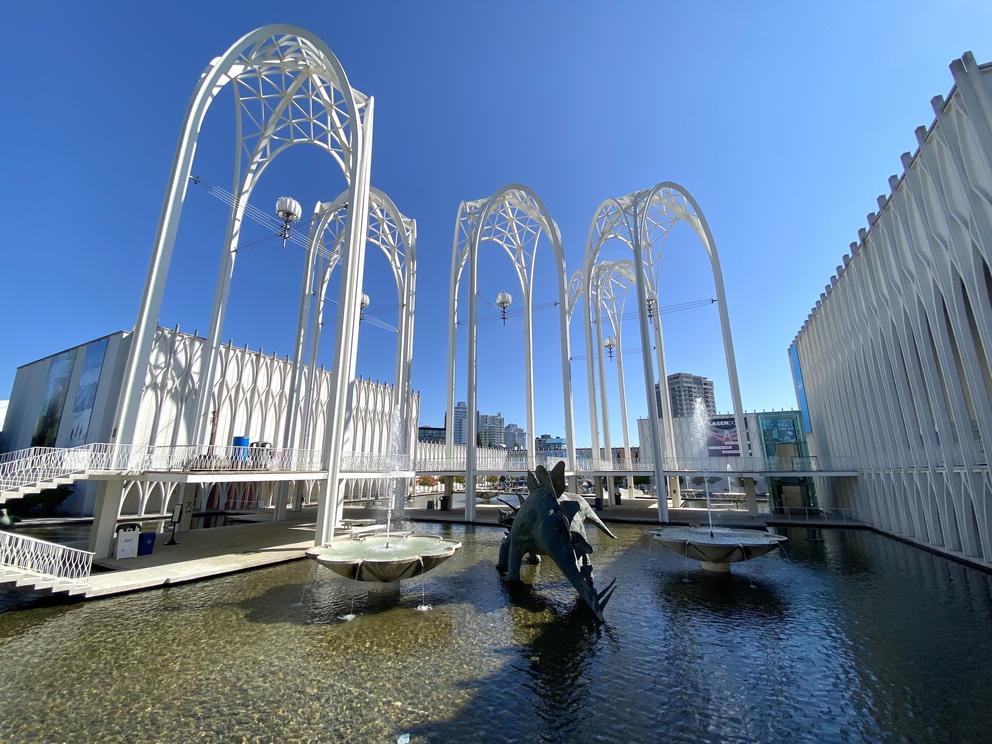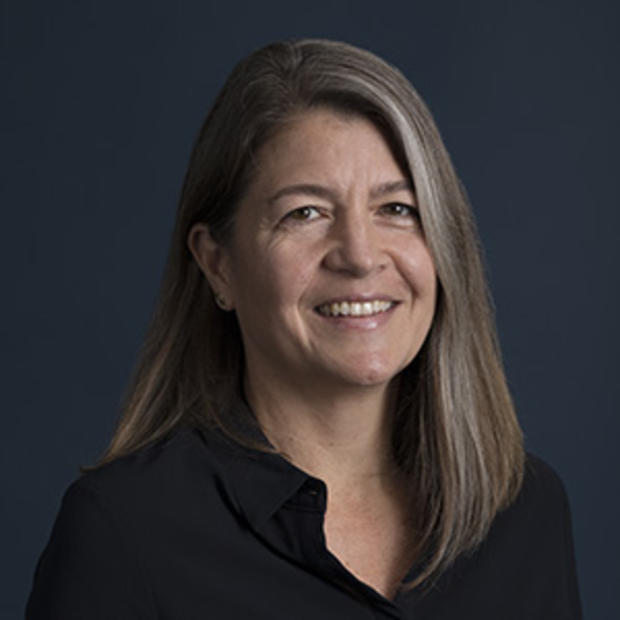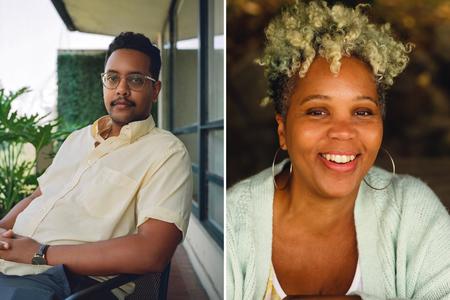Just in time, the new batch of Washington State Book Awards has arrived, announced by the Washington Center for the Book.
ArtSEA: Notes on Northwest Culture is Crosscut’s weekly arts & culture newsletter.
Spokane author Jess Walter took home the award in fiction for The Cold Millions, his historical novel about young brothers fighting for workers rights in turn-of-the-20th-century Washington. Poet E.J. Koh’s moving personal story, The Magical Language of Others, about growing up separated from her Korean immigrant parents, earned the award for biography/memoir.
In general nonfiction, editor Jennifer Haupt won for the timely anthology Alone Together: Love, Grief and Comfort in the Time of COVID-19. And Crosscut contributor Clyde Ford claimed the creative nonfiction award for Think Black, about his father — the first Black software engineer at IBM.
Check out the full list of categories and winners — as well as the impressive contingent of runners-up, including Living Color: Angio Rubio Stories, by Donna Miscolta; Quitter: A Memoir of Drinking, Relapse and Recovery, by Erica C. Barnett; and Black Imagination, curated by Natasha Marin.
And if the shift in weather has you itching for an author reading, consider:
Sandra Cisneros (The House on Mango Street) has a new book out in English and Spanish: Martita I Remember You/Martita Te Recuerdo. She’ll talk about this tale of long-lost friendship at Seattle Public Library (livestreaming Sept. 17, 6 p.m.)
Kira Jane Buxton, local author of the funny, dystopian zombie novel Hollow Kingdom (narrated by a foul-mouthed crow), celebrates her follow-up title, Feral Creatures, with an in-person reading at Brick & Mortar Books in Redmond Town Center (Sept. 18, 1-2 p.m.). PS: Buxton cracked me up with her answers to our Fall Arts Q&A with local artists.
Ruth Ozeki (My Year of Meats) is doing a virtual reading (co-hosted by several local bookstores, Sept. 22, 6 p.m.), to discuss her new novel, The Book of Form and Emptiness, in which the death of a beloved father prompts a teenage boy to begin hearing voices and guidance from inanimate objects.
Minoru Yamasaki (1912-1986) knew something about form and emptiness, too. The architect, born and raised in Seattle, designed the World Trade Center in New York City, as well as iconic Seattle structures, including the IBM Building (at Fifth Avenue and Seneca Street) and the golf-tee shaped Rainier Tower (whose teetering presence has been rather stomped on by the shiny new 58-story “Kinky Boot” next door). All three of these buildings reveal Yamasaki’s trademark “pinstripe” design and his penchant for gothic arches.
In the new photo-heavy book Minoru Yamasaki and the Fragility of Architecture, Seattle University professor Paul Kidder chronicles the architect’s career (amid anti-Japanese prejudice) and humanistic design philosophy (criticized during the midcentury modern era for its delicacy).
Yamasaki also designed the Pacific Science Center for the 1962 World’s Fair in Seattle. I’ve always loved the building’s lacy façade, pooled courtyard and “space arches,” those cathedral-esque leaps that seem to celebrate the creativity crucial to science — the wild postulating required for progress.
My colleague Knute Berger recently wrote about the new Yamasaki biography in Crosscut (informing me that the original post-World’s Fair plan was for the Pacific Science Center to become a post office). And Paul Kidder will discuss Yamasaki’s life and legacy during a virtual talk presented by Seattle University and Elliott Bay Books (Sept. 20, 7 p.m.).
Pacific Science Center won’t open back up to the public until Oct. 18 (with a new interactive hockey exhibit), but you can still walk by the courtyard and admire the hope and humanity of Yamasaki’s design.
The delta variant hovers over this season’s packed fall arts lineup, but the sense of people wanting to share physical space with each other is palpable. (See also: 15 local arts and cultural venues ramping up for visitors.)
On the Boards reopens its theater space for communal gathering (mask and vax required) with a series of shows called the New Now Festival. The first is Reclaimed Timber (Sept. 16-18), in which six drummers play a percussive composition (by Michael Gordon) on wooden planks sourced from empty lots and soon-to-be-demolished buildings in Seattle. The mesmerizing and rhythmic meditation on urban space, gentrification and housing features members of Chicago-based group Beyond This Point and Seattle musicians Arx Duo.
The annual Local Sightings festival at Northwest Film Forum (Sept. 16-26) also returns to the physical theater space with a rich array of features and shorts made by Northwest filmmakers (screenings are also available online). I’ve written before about my appreciation for Ahamefule Oluo’s autobiographical (and highly musical) film Thin Skin, which is on the docket. And because six percussionists are suddenly a thing (see above), we also have the short film 6 Marimbas, performed by Seattle mallet maven Erin Jorgensen and five talented friends.
There’s much more to explore in this hybrid film fest, including For My Ancestors, a short doc profiling accomplished Olympia sculptor Aisha Harrison, who channels memory and emotion about her biracial heritage into figurative pieces. And thanks to Honor Thy Mother, I learned about an unspoken chapter of local history. This fascinating doc traces the “Indipino” community of Bainbridge Island, which formed in the 1940s when Indigenous women from Canada and Alaska crossed the border to pick strawberries alongside Filipino workers on Japanese-owned farms.
While the predicted weekend downpour threatens to dampen Intiman’s outdoor Homecoming Performing Arts Festival (Sept. 18-19), who is better prepared to deal with rain than Northwesterners? Pack your slicker and check out the slew of events commemorating the theatre company’s move to Capitol Hill, including comedy from Emmett Montgomery, the bold brass blare of the Filthy Femcorps band, movement by Dani Tirrell, Moonyeka and Markeith Wiley and a bouquet of burlesque.
Get the latest in local arts and culture
This weekly newsletter brings arts news and cultural events straight to your inbox.

